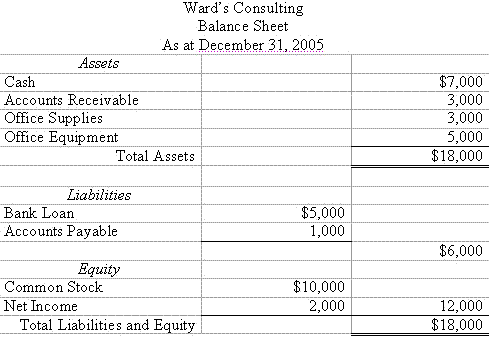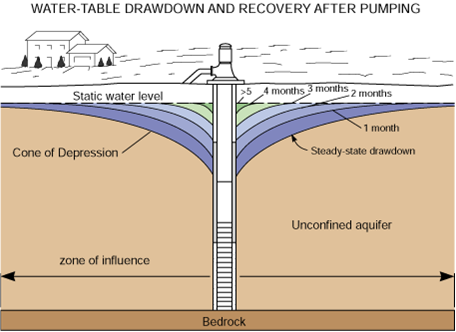Content

Instead, these are reflected in the inventory on hand at the end of the period. Gross profit is obtained by subtracting COGS from revenue, while gross margin is gross profit divided by revenue. Cost of goods purchased for resale includes purchase price as well as all other costs of acquisitions, excluding any discounts. cogs accounting And that’s why it can be hard to calculate and forecast correctly, said Ecommerce Intelligence’s Turner. “The cost of raw materials and manufacturing, employees involved in fulfillment, shipping, and freight prices all impact COGS. Price fluctuations in any of these categories will often impact COGS,” he said.
COGS stands for “cost of goods sold.” It refers to the direct costs of producing and selling a product or service. These costs include materials, labor, and other direct expenses incurred in the production process. COGS includes all costs incurred to produce goods that are sold. Operating expenses are all other expenses incurred by a business, except for financing and tax expenses.
How Do You Calculate Cost of Goods Sold (COGS)?
COGS only applies to those costs directly related to producing goods intended for sale. In conclusion, accurate calculation of COGS is a critical component of a detailed and accurate P&L report. This report is essential for making timely decisions that drive profitability for your eCommerce business. If you need help setting up an automated P&L report, let Saras Analytics assist you. It’s important to note that COGS can be calculated on a per-unit basis or a total basis. COGS per unit can be calculated by dividing the total COGS by the number of units sold during the period.

However, book and tax amounts may differ under some systems. Where the market value of goods has declined for whatever reasons, the business may choose to value its inventory at the lower of cost or market value, also known as net realizable value. This may be recorded by accruing an expense (i.e., creating an inventory reserve) for declines due to obsolescence, etc. Current period net income as well as net inventory value at the end of the period is reduced for the decline in value.
Steps to Calculate COGS
If a cost is general for your business, like rent, a new machine, or general marketing costs, it isn’t a cost 100% dedicated to a specific item. Those indirect costs are considered overhead, not the cost of goods sold. You can see the total cost of revenues of the entity for specific period of time in the entity’s income statement. However, you cost not see the cost of revenue or cost of service per services in this report.

Cost of Goods Sold is a crucial element in the business environment, and it’s easy to understand when applied to a traditional operation. But in a Software as a Service company, it’s more difficult to pin down because you are dealing with software and applications, and the direct costs are not always easy to define. The COGS figure is frequently used as a subtraction from revenue to arrive at the gross margin ratio.
Company
COGS is deducted from revenues in order to calculate gross profit and gross margin. It’s also important to track and record any additional expenses such as freight or duties that are directly related to the purchased goods, as they will be part of the cost of goods sold. The COGS is subtracted from a company’s revenue to calculate its gross profit. Businesses tend to categorize all their labour costs as SG&A, which leads to understating the amount spent on COGS. All of the above can become exponentially more complicated when volumes and product lines increase. For companies with many SKUs, the best approach to calculating COGS will be a robust accounting system that’s tied to inventory management.
- LIFO is where the latest goods added to the inventory are sold first.
- COGS stands for “cost of goods sold.” It refers to the direct costs of producing and selling a product or service.
- Although it entails business-related costs, it is the opposite of the cost of goods sold.
- Once you prepare your information, generate your COGS journal entry.
- The cost of goods sold also known as cost of sales is the total expense or total cost of producing a product that has been sold.
- By documenting expenses during the production process, a business will be able to file for deductions that can reduce its tax burden.
Asset accounts do not involve your temporary accounts, which are revenue and expenses. Now, when a check is written for supplies that may or may not be an expense. It depends if your supplies are prepaid supplies, an asset account, of something you use right then. For example, the salary of the administrative staff will not include the cost of services. But the salary of the consulting staff will be charged to the cost of services.